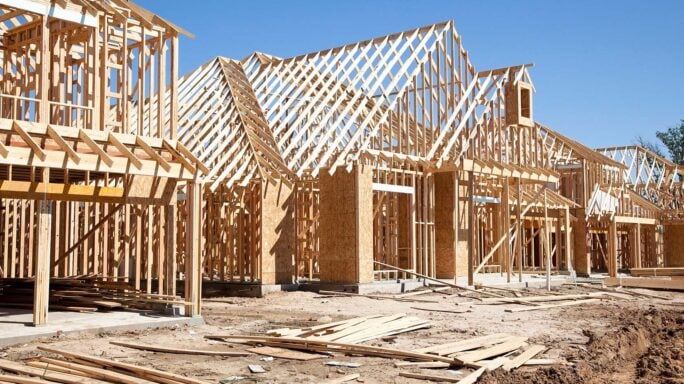Strategy, Legal & Operations
Submittals: A contractor’s legal responsibility

Plans and specifications provide a great deal of information about a construction project. However, there are still many more “means and methods” details that are typically left up to the contractor. This is where the submittal of shop drawings, material data, samples, and product data come into play. Submittals are the way contractors can assure that what they propose to do complies with the intent of project architects and engineers as outlined in the contract documents.
That said, there are at least three factors contractors must keep in mind when dealing with the submittal process.
Timely submittals
Most contracts will contain some type of language that requires submittals to be prepared and sent in a timely fashion. Any submittals that delay the performance of other trades or impede work progress could violate the terms of the contract, and trigger a negative consequence.
Incomplete or inaccurate submittals
Contractors are also contractually obligated to make sure all submittals are complete and correct before they are submitted. If they are not, the architect or engineer will reject the submittal. But worse, the rejection of submittals can be used to establish poor performance if there is a construction dispute. One metric used by construction lawyers and experts to measure a contractor’s performance is the number of rejected submittals. Double checking the completeness of submittals should minimize this problem.
A typical provision in contracts reads:
Any submission that in architect/engineer’s opinion is incomplete, contains errors or has not been fully and properly checked, may be returned unreviewed by architect/engineer for revision and resubmission.
Submittal “approval”
Architects and engineers don’t necessarily accept or approve submittals. Instead they stamp a submittal with “no exceptions.” This is because they’ve been brought into enough lawsuits to know they don’t want it to look like they’ve approved anyone’s work. They just want to indicate that the submittal conforms with contract documents. Consequently, the fact that the error conforms with a submittal reviewed and is not rejected by a design professional does not relieve the submitter of liability. A provision such as the following makes this clear:
In reviewing shop drawings, architect/engineer need not verify dimensions and field conditions. Architect/engineer will review shop drawings and samples only for conformance with the design concept of the work and for general detailing. Architect’s/engineer’s review shall not be construed as a complete check nor shall it relieve contractor from its responsibility for any deficiency that may exist or from any departures or deviations from the requirements of this contract and the contract documents.
Approval of submittals by architect/engineer shall not relieve contractor of its obligation to perform the work in strict accordance with this contract and the contract documents or of its responsibility for the proper matching of the work to contiguous work.
In summary
Submittals are an essential part of the construction process. Assuring the information submitted is accurate and timely will help meet one’s contract obligations and keep projects moving in a positive direction.







Often the problems with submittals arise from specification that contradict drawings, contact and owners requirement. Sometime even different sections of specification contradict each other. Submittal can be very important document, but it is sometimes used as a tool to unreasonably bash contractor. Number of time we came across requirement that are impossible to complete. Such as “All submittal must be done within 30 days of the NTP”. If you dig in the specific submittal requirement you will find that this is impossible. Submittals usually contain product data, shop drawings, field test report, coordination drawings, O&M Manuals etc. Field Test cannot be performed before certain portion of the job is complete. Material and equipment cannot be installed before Architect, Engineer or owners representative approve submittal. Submittal approval usually takes three to four weeks! Contractor can usually obtain submittal shop drawings after the buyout is completed and Letter of Intent to Award Purchase Order (or Subcontract). Purchase Order (or Subcontract) cannot be issued until contractor receives Notice to Proceed. O&M Manuals are usually received from manufacture after equipment is shipped to the job site. Unfortunately some of the specification section are outdated (such as provide electronic data on the Windows 95, and 4 ½“Floppy disk. Other are just copy paste section that have no application on this project, such as site work on the interior fit up, or Screw type Chillers section when you only have fan coil units, et.